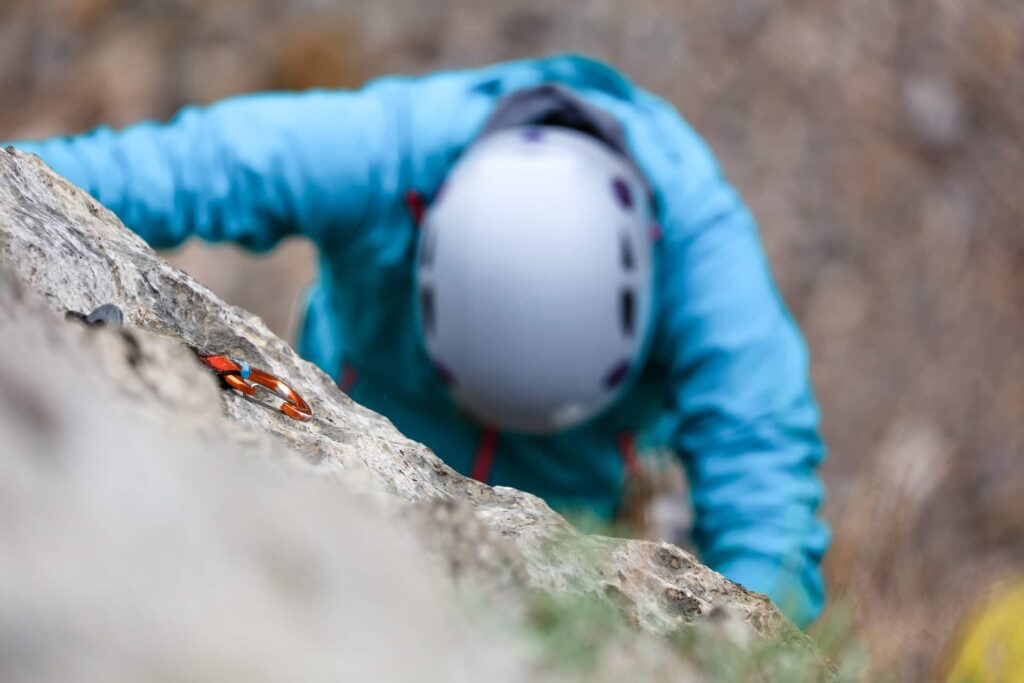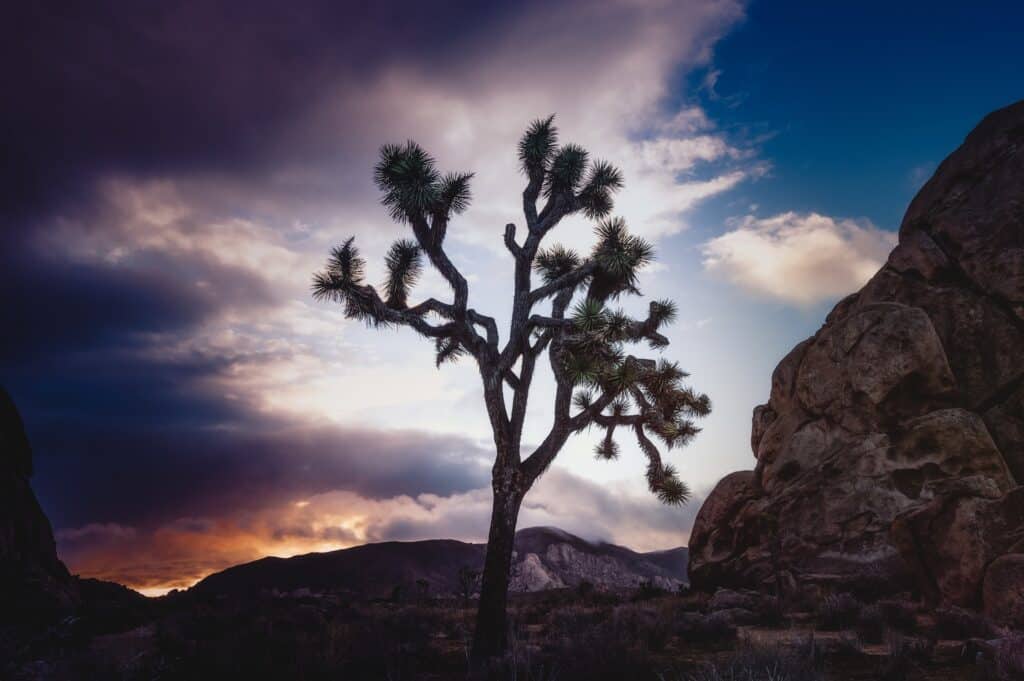Joshua Tree inspires.
There is something about the way the rocks, the earth, the sky, and those iconic plants come together like some kind of Seussian dream.
The first people to make use of this territory some 4000-8000 years ago were the roaming Pinto. They set up itinerant camps and hunted the local wildlife: coyote, tortoises, chuckwalla lizards, rabbits, and bighorn sheep. They used hand-hewn points hafted to wooden shafts, spears that were hurled with deadly force using an atlatl.

We don’t know what happened to the Pinto, but they certainly weren’t the last people to recognize the abundance of Joshua Tree. The Serrano and Cahuilla established small villages near reliable water sources, such as the oasis they called Mara, which was renamed Twentynine Palms by Colonel Henry Washington during his 1855 survey of the area. The Chemehuevi were a nomadic people who went on seasonal hunting and gathering forays during spring and summer. When it became colder, the Chemehuevi gathered in large villages and stayed for longer periods in winter structures whose floors were shallow pits in the ground. They were weavers, making intricately coiled baskets using a three-rod foundation of willow.
Hunting game throughout the Joshua Tree area brought these groups valuable protein, but the foundation of their diets lay in the acorns, mesquite pods, pinyon nuts, seeds, berries, and cactus fruits that were (and are) readily available for the taking.
By the 1800s the cattlemen and prospectors made their way into the area, and those indigenous peoples not already decimated by smallpox were corralled into tiny reservations.
I tend not to share with any detail the stories of these selfish and marauding men. They came in with a mind to exploit and devour, and so voracious was their appetite, so tunneled their vision, that they could not recognize the humanity in the families that made the Joshua Tree area their home for hundreds of years.
Joshua Tree is where we will gather for Rise, our rock-climbing adventure for men in recovery. When we talk about recovery, we are talking about a return to our center. We are talking about returning to a place of self-respect.
By honoring the first peoples and how they approached the land, we demonstrate the respect that we hope to receive.
If you are comfortable with the direction you are headed, Rise may not be the gathering for you. You may have all the self-respect you need. God bless you, protect you, and allow us to benefit from and through you.
But that’s not us. We have work to do. And we’re going to be out there climbing rocks as a way to reorient ourselves.

We’re not climbing for the exercise, although we will exert ourselves. We’re not climbing for jollies, though, with God’s permission, we’ll have a good time. We’re not climbing to conquer anything.
Through climbing we learn. Through climbing we reach. Through climbing we lift one another up. Through climbing, we rise.
I’m looking forward to spending time with my brothers and the rocks.

One Reply to “A (Very) Short History of Joshua Tree”